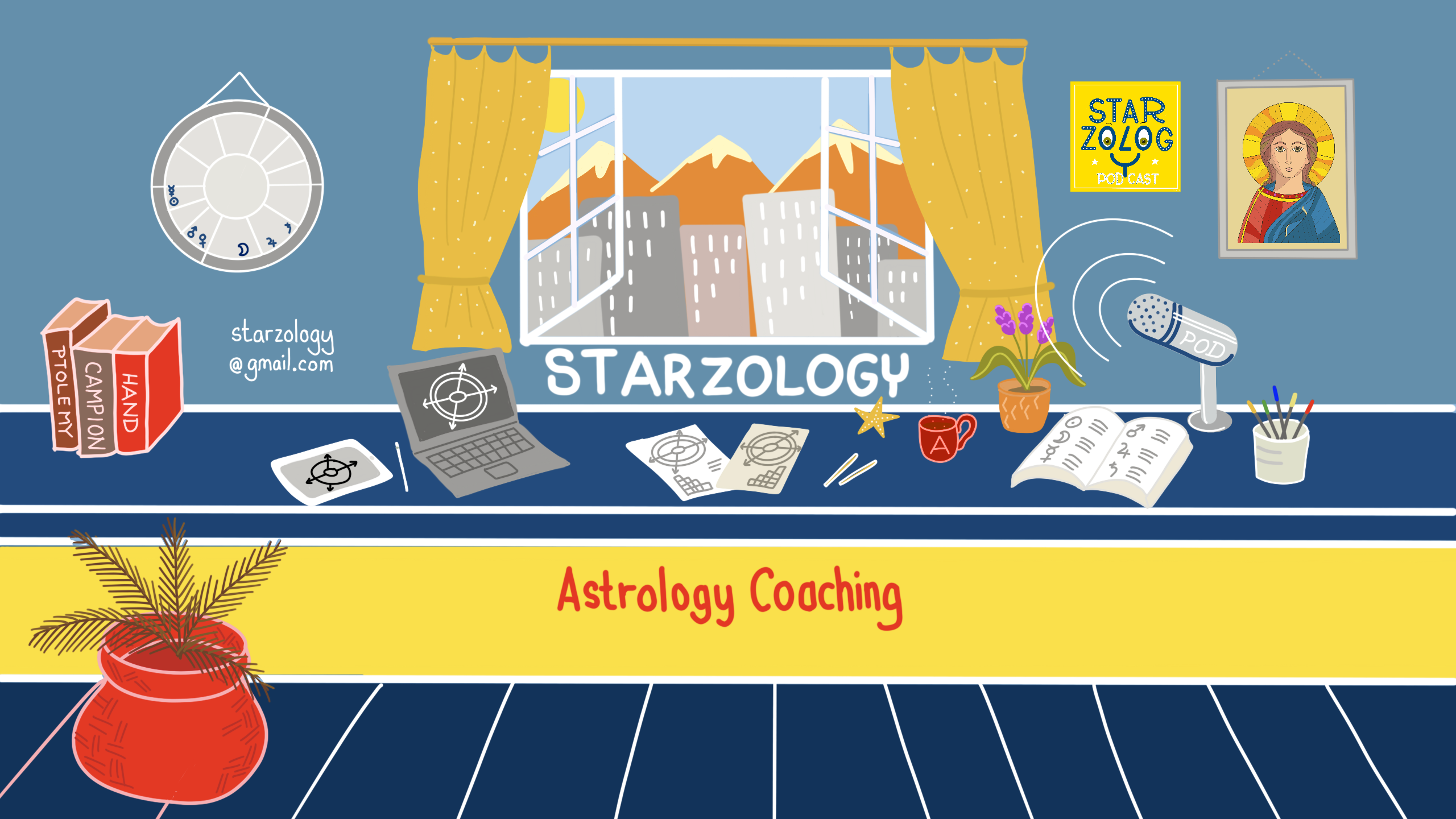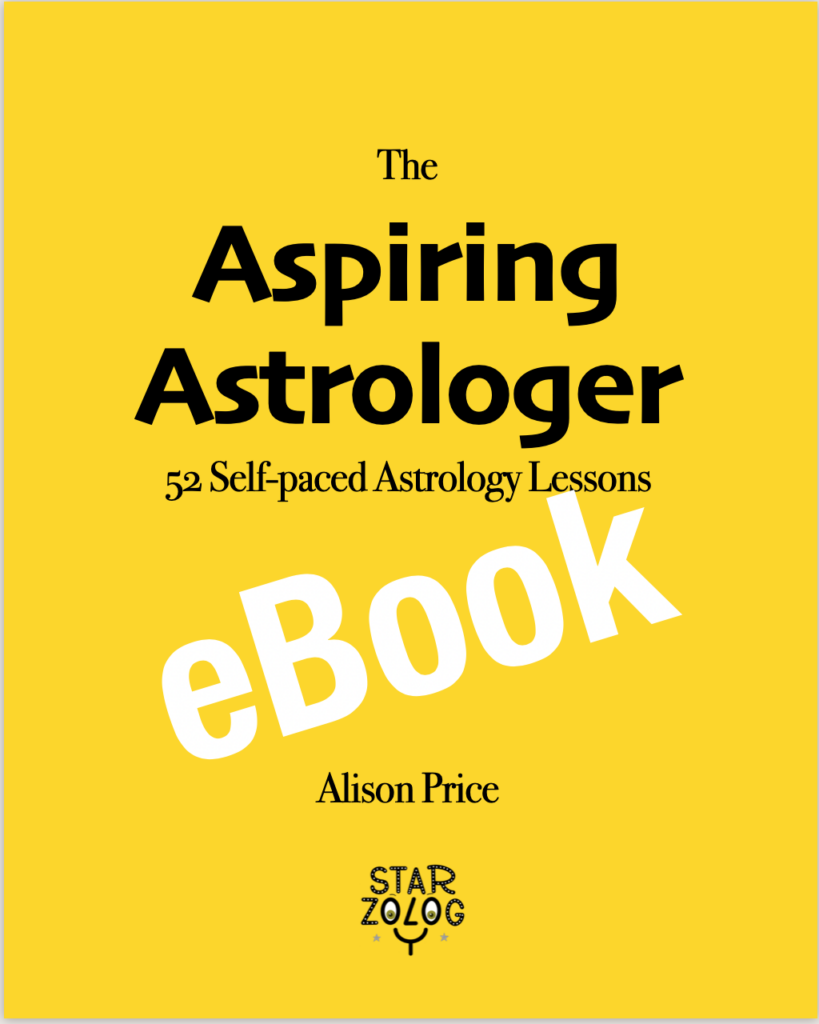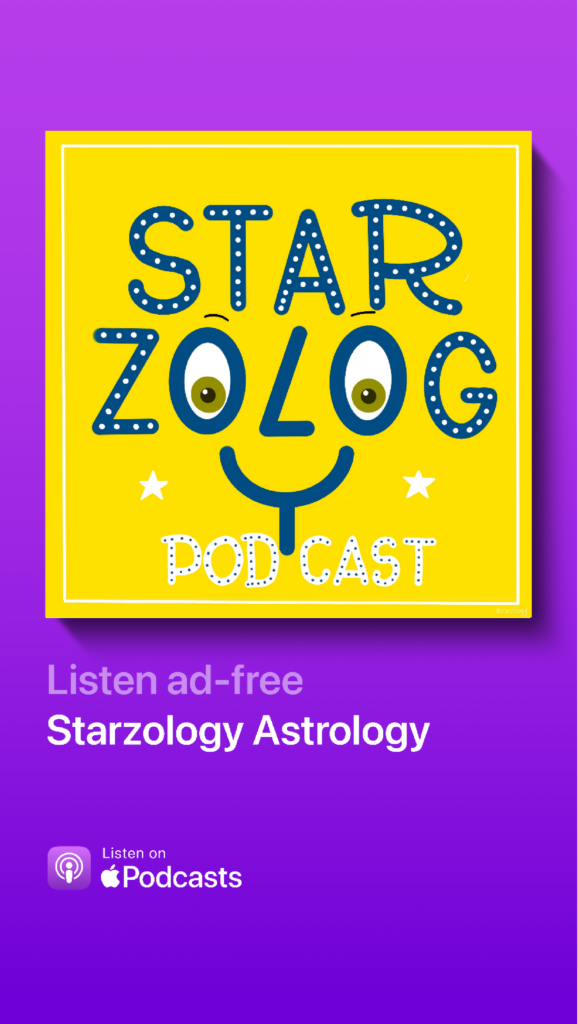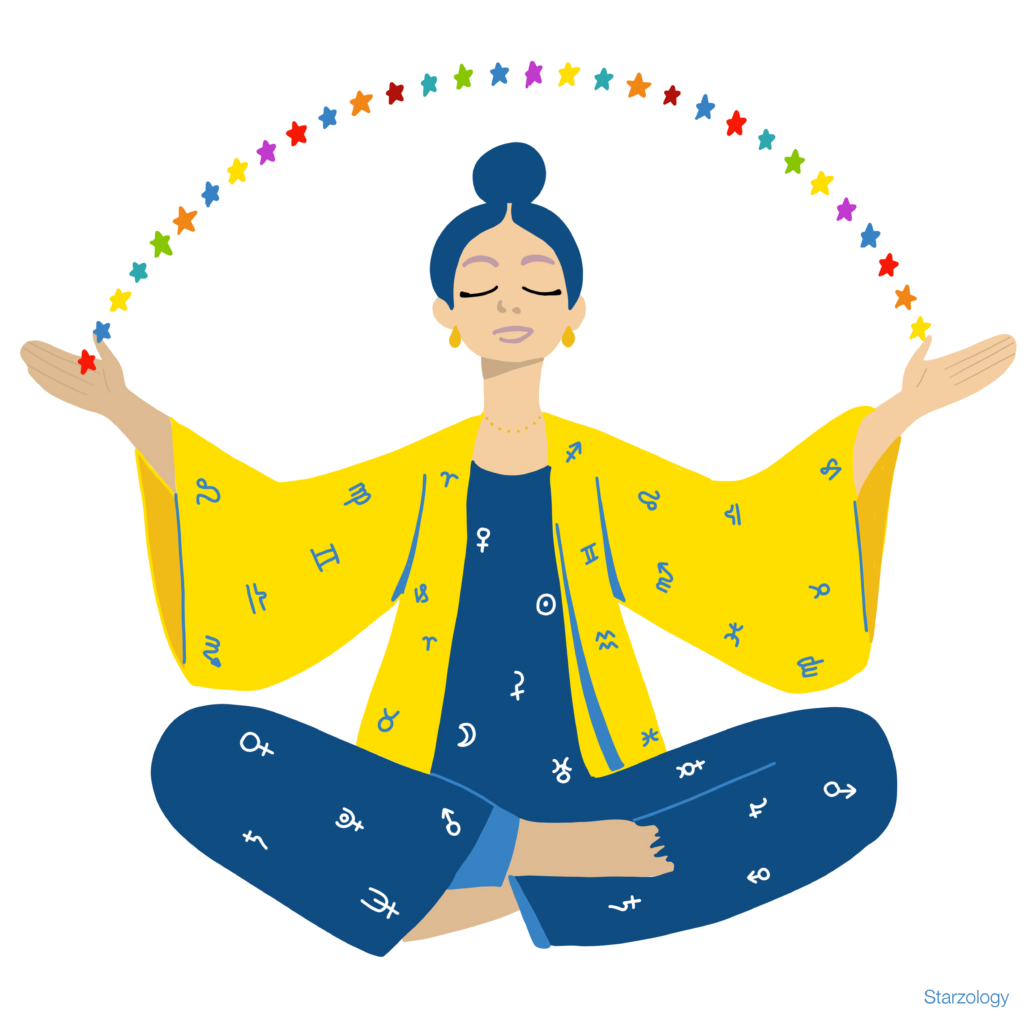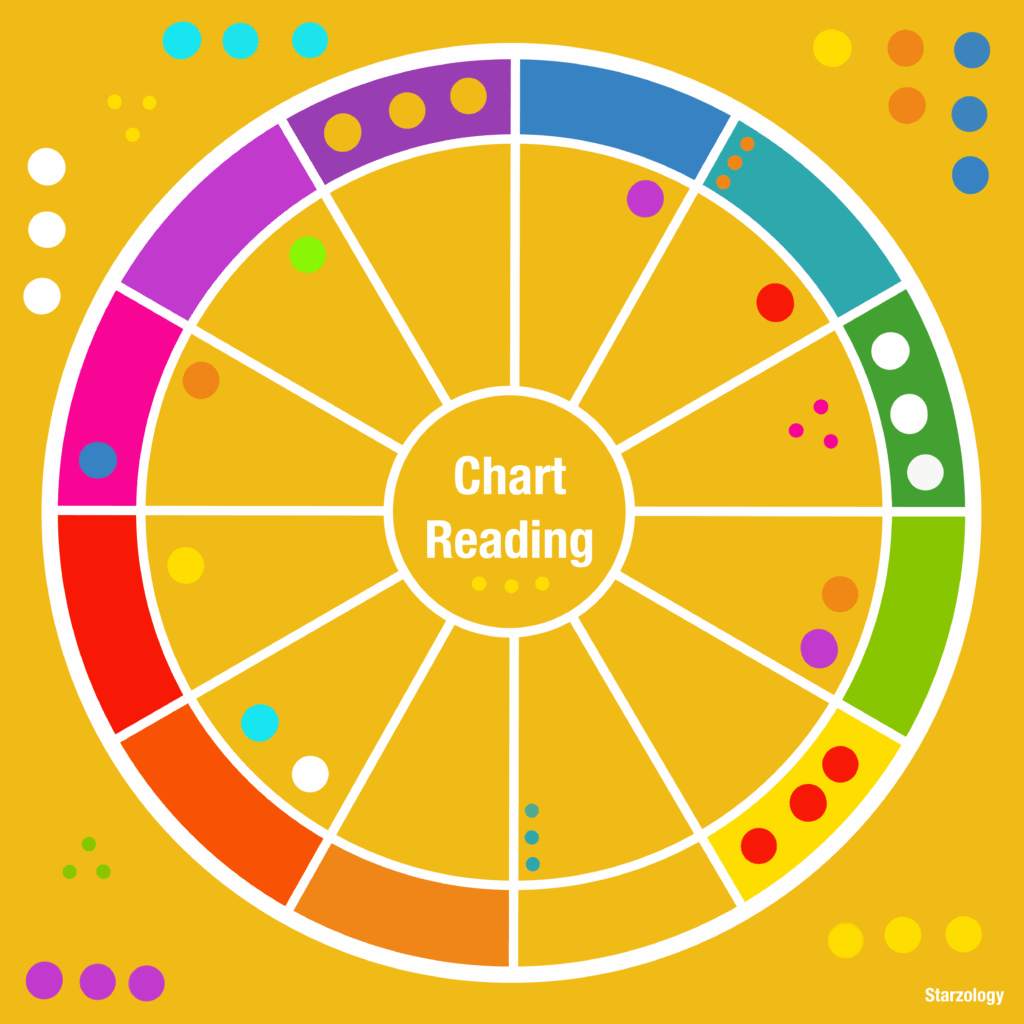In astrology, PLUTO and his aspects can indicate where serious transformations will occur in your life.Make sure to explore this planet.

Your Astrology Holy Trinity and Polarity
Your Astrological Holy Trinity and Polarity
This article will show you what next two steps to take after you know what is your Sun sign. A way to learn astrology.
If you believe your Sun sign is not enough then this is for you.
Sun Sign
Perhaps you already know your Sun sign. It could be Aries, Cancer or Virgo etc. Your Sun sign depends on the date of your birthday. It is the zodiac sign which the Sun was in at the time and day you were born.
Everyone’s Sun sign is the easiest thing to know in astrology.
You will know your own, and your family’s birthdates, and probably your close friend’s birthdays as well. It is a simple step to ascertain everybody’s Sun sign.
The Sun sign is the first nugget of information that all people know about astrology but, after that, what should you learn next?
Ascendant Sign
The second thing you need to learn is your Ascendant sign. This is likely to be different to your Sun sign although it could be the identical.
You will only know your Ascendant sign if you cast your chart.
Moon Sign
The third fact you need to discover is your Moon sign. Again, you will have to cast your chart to find this out.
Your Moon sign is likely to be in a different sign both to your Sun sign and even to your Ascendant sign, but it could be the same.
Where to Get Your Birth Chart
If you do not yet have a copy of your birth chart, there are three pieces of information that you will need.
- Your birth time
- Your birth date
- Your birth place (the city and country)
For quick information go here to calculate your chart.
The Holy Trinity
These three pieces of astrological information, your Ascendant sign, your Sun sign, and your Moon sign, are known as the holy trinity, the triad or the triumvirate of your chart.
They are always listed in this order of importance; Ascendant, Sun, Moon (and yes, your ascendant is more important than your Sun).
If you are an aspiring astrologer, and if you attend an astrology conference, you will be given a badge with your name. There will be a space for you to write the three main parts of your chart listed on it, your Ascendant, your Sun, and your Moon.
For example, my top three or Holy Trinity would be listed as; Leo, Leo, Scorpio. This is because my Ascendant is in Leo, my Sun is in Leo, and my Moon is in Scorpio.

Your Ascendant, Sun, and Moon can each be in any one of the twelve zodiac signs.
Combinations
Let us have a quick look at the numbers.
The Ascendant has the possibility of being in any one of the twelve signs, the Sun has the possibility of being in any one of the twelve signs, and the Moon has the possibility of being in any one of the twelve signs.
Therefore, 12 × 12 × 12 = 1728 possible combinations of Ascendant, Sun, and Moon.
This detail is huge and speaks to the complexities that can be found within an astrology chart, but there is a simpler way.
Polarity
In astrology there are two polarities active and passive. They can also be referred to as masculine or feminine, or positive (+) or negative (-).
The twelve zodiac signs are either in one polarity or the other.
The active signs are; Aries, Gemini, Leo, Libra, Sagittarius, and Aquarius. The passive signs are; Taurus, Cancer, Virgo, Scorpio, Capricorn, and Pisces.

Let’s look at some examples of polarity.
If you have your Ascendant in Aries, your Sun in Virgo and your Moon in Pisces your polarity converts to: active, passive, passive or (+, -, -).
If you have an Aquarius ascendant (+), your Sun is in Gemini (+), and your Moon is in Libra (+), you are active (+, +, +).
8 Combinations
In the scenario of active and passive signs, as regards to your chart’s holy trinity, there are only eight possible combinations.
The three are always listed in the sequence; Ascendant, Sun, Moon.
The ratio is always active:passive (+ : – ).
+ + + 3:0 100% active
+ + – 2:1 More active than passive.
+ – + 2:1 More active than passive.
– + + 2:1 More active than passive.
– – + 1:2 More passive than active.
– + – 1:2 More passive than active.
+ – – 1:2 More passive than active.
– – – 0:3 100% passive.
Some More Examples
Ascendant Sun Moon
Libra Gemini Pisces + + –
Aquarius Sagittarius Virgo + + –
Leo Aries Taurus + + –
They are 216 possible combinations that are active, active, passive (+, +, -), but only eight possible combinations.
The use of polarity in the holy trinity of your chart is way to simplify what is a complex subject, astrology.
Spend some time analyzing your family’s and friends charts to see polarity at work.
Of course, there are many more interesting things about astrology charts that you could learn.
Aspiring Astrologer Activity
I love providing you with aspiring astrologer activities.
This initiative is similar to “next steps” and the activities give you some ideas on what to do with the information you have just gathered.
Step one: Your Sun sign.
Step two: Your Ascendant sign.
Step three: Your Moon sign.
Step four: Write your polarity combination (Ascendant, Sun, Moon).
Step five: Holy trinity polarity (only eight possible combinations), (?, ?, ?).
Share and Learn Astrology
Share your polarity combination with us in this quick anonymous survey.
I will revisit this post every six months at the equinoxes.
The equinoxes occur twice a year the first equinox is around March 21st and the second equinox is around September 21st.
Have a prosperous day,
Alison ⭐️
More Articles
If you enjoyed this post on polarity you may like to explore some more of our astrology content to help you understand how to read a birth chart.
